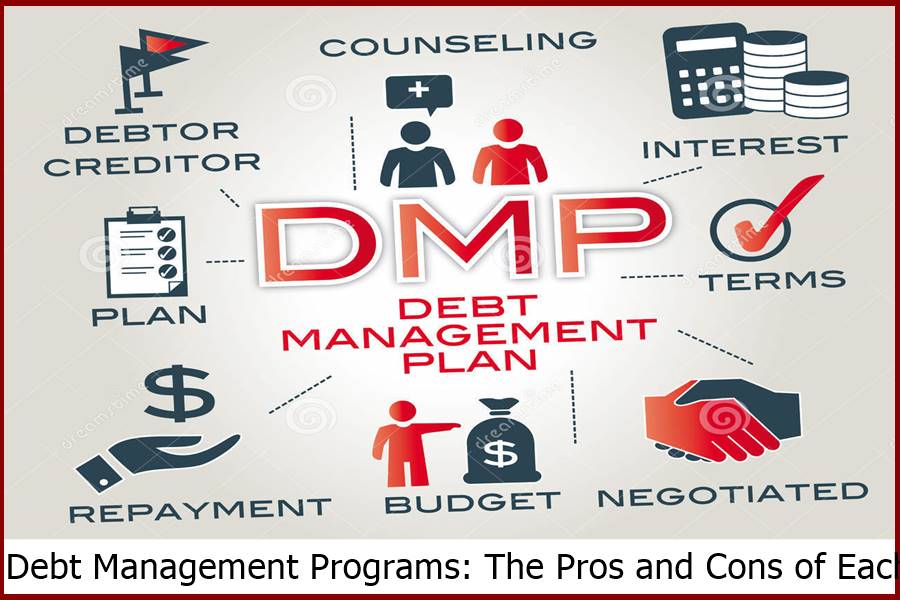How to create powerful educational apps in 2022?
How to create powerful educational apps in 2022 ?
Due to the COVID-19 pandemic, downloads of educational apps worldwide have increased by 90% compared to 2019. In addition, the market for educational apps (Edtech) is expected to reach $350 billion in 2025.
Society is increasingly geared towards lifelong learning. We don’tdon’t want to be left behind in any aspect of our life, and these applications have the solution: they allow you to learn anytime and anywhere in an enjoyable way as if it were a Game.
Hint – EdTech Apps
- Benefits of Educational Apps
- Types of Educational Apps
- How to Create an EdTech App
- Mistakes to Avoid in Educational App Development
Benefits of Educational Apps
The Soundtrap mobile app. Source: Unsplash
These apps have several advantages, and we are sure that as we implement them, more features will be added to the list.
Its automation avoids human errors, as in the accounting of educational centers. They can track student attendance or generate receipts quickly and efficiently, improving center operations.
Improved creativity and visualization
Some subjects like science or math are easier to understand when taught with pictures, videos, and animations. With educational apps with more visual resources, students experience more creative and dynamic learning.
Paperless learning
In addition, technological resources such as ERP software or mobile applications help teachers save time and paper. They save files online and can submit articles, schedules, or notes via intelligent devices in electronic formats.
Constant learning
The methodology promoted by these apps encourages students to learn quickly anytime, anywhere.
Self-evaluation
Technology in Education can automate time-consuming processes, such as correcting tests or assigning grades.
Collaboration between students and teachers
Educators find it easier to help all of their students in a personalized way with these technological tools. It allows them to guide students and reinforce their learning where necessary.
Types of Educational Apps
Educational apps for kids.
Versatile Learning Platforms
He is also referred to as an online course platform. The user has a vast catalog in which he can choose the courses that best meet his needs. An example: Is Coursera or Domestika.
Learning apps for specific topics
This would be the case with language apps, where we can learn through games and images that help us remember learned words. In this category, we find Duolingo, for example.
Future Education will allow teachers to track student progress and reinforce areas they need to emphasize or inform parents of their children’s progress.
Educational games
The future of Education will feature the gamification of learning. It is a strategy already used to motivate students when studying a subject.
Learning management applications
They can connect with Google, Gmail, Drive, or YouTube so that the student has all the documents in a more accessible way.
Educational apps for kids
Thanks to content created exclusively for them, they can familiarize themselves with concepts such as numbers or letters in a dynamic and fun way; this is the case with Youtube Kids.
How to create an EdTech app?
The creation of wireframes.
The essential elements when creating an Edtech application are:
Contents
How to structure the content is very important. You get bored when it takes a long time to complete a task, so using images is essential. The use of attention-grabbing rewards in the learning process is highly recommended. You can also create more engaging content with these seven dimensions:
- Time dimension: Indicates whether the user interaction is synchronous or asynchronous.
- Communication: one-way or two-way information flow.
- Transaction: Ability to make in-app purchases.
- Public: general public or limited to a particular group.
- Multiplicity: designed for a single user or adapted to a community of participants.
- Location: personalized information or features based on the user’suser’s location.
- Identity: adjustment of information according to the identity of the user
Design
Content is not enough; you must build a learning flow suitable for each audience. Otherwise, the application will not be successful. When designing, you need to consider these pillars:
- Active participation. Active learning can take many forms: pressing, tapping, swiping, repeating, playing, interpreting, etc. Being active also means being free from distractions, maintaining control, and giving full attention to the learning process. The simple fact that a child controls a mouse while reading an interactive book already promotes active participation.
- Commitment. This results in the creation of an engaging educational app. Engagement occurs at different levels: behavioral, emotional, and cognitive. The design should provide a balanced combination of these levels. When the user finds a response to every action they take, they feel in control and continue to interact. The introduction of comments such as “Good job! or “Try again” helps build engagement.
- Meaningful learning. This is where the lesson begins and has a purpose, a personal relevance that links to the knowledge base. Certain principles, such as contextualization, graduation, or systematization, must be followed for this to happen.
- Social interaction. Allows school children to learn faster than when studying alone. It is exciting to create a collaborative space to train your critical thinking, for example, reasoning arguments on a specific topic that help create a more profound understanding.
To create educational apps for iOS and Android, you need a multidisciplinary team that includes a business analyst, project manager, UI/UX designer, developers for Android and iOS, and a quality control specialist.
There are currently many emerging technologies and approaches awaiting implementation in educational institutions.
This is the case with augmented reality, which can bring any situation and environment to a new level of quality that helps us understand it.
Another example would be virtual reality, which can create total immersion in the learning process, which would be enhanced through these experiences.
Even AI can help make adaptive learning a reality. Intelligent algorithms could adjust the pace and content to each student’sstudent’s abilities and needs.
Mistakes to Avoid in Educational App Development
There are five things to avoid in educational apps:
For learning to take place properly, it is necessary to keep the user-focused. Therefore, using campaigns or loud noises is not recommended because attention is diverted from the learning process.
having too many options
It is overwhelming and affects decision making it challenging to use the app.
Hidden “educational” app
Containing numbers and letters do not make it educational. These elements must be accompanied by abstractions that facilitate their understanding and are easier to assimilate.
Imbalance
Also, an adequate balance between user participation and educational content will avoid creating an Edtech application of low didactic value that remains only entertainment.
A constant change of subjects (mathematics, arts, language…) is not recommended, as it hinders the depth of treatment necessary for solid learning. Repetition makes excellence.
Why is a mobile education app necessary?
- An educational app for Android helps teachers communicate with students and track their progress.
- Many students prefer lessons on mobile apps to books.
- Tutors can set assignments and due dates for assignments and list helpful resources for learners on mobile apps.
- Instructors can answer questions and provide valuable answers.
- Topics that could not be covered during class hours can be covered on the app at any time.
- Teachers, who use mobile apps to teach, have no trouble motivating their students.
- The portability of smartphones means conferences can be scheduled anytime and anywhere.
How to Hire Magento Developers – Tips and Mistakes to Avoid
Development Of A Food Delivery App. 2022
Guide for creating an e-commerce mobile application 2022
Why does your e-commerce business need its mobile app 2022 ?
How to create powerful educational apps in 2022?


